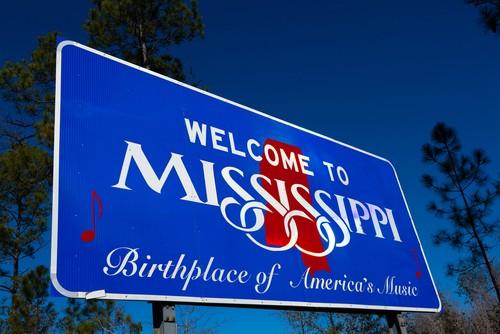Finance Globe
Census Bureau: Mississippi Poorest State in the Nation
Earlier this month, the U.S. Census Bureau reported that last year the nation’s median income slipped 1.5 percent to $50,502, the percent without health insurance coverage fell by 0.6 percentage points to 15.7 percent, and the poverty rate roughly held steady at 15 percent. On Wednesday, the Bureau released its findings on states, cities, and smaller communities for 2011.
"The American Community Survey provides reliable, local statistics about our nation's people, housing and economy that are indispensable to anyone who has to make decisions about the future," Census Bureau Acting Director Thomas Mesenbourg said. "Businesses rely on it to plan and expand into new products or communities. Towns and cities use it to locate schools and firehouses."
The ACS found that the median household income in North Dakota, Wisconsin, Nebraska and Pennsylvania was in line with the national median. In 27 states the median income was lower, and in 19 states and the District of Columbia it was higher. Overall, state median incomes ranged from $36,919 in Mississippi to $70,004 Maryland.
Over the year, median income held steady in 32 states and the District of Columbia. Median income fell in 18 states, with declines ranging from 1.1 percent in Ohio to 6 percent in Nevada. Vermont was the only state to post an increase in median income - up 4 percent.
New Hampshire had the lowest poverty rate among states at 8.8 percent and Mississippi had the highest at 22.6 percent. Among large metropolitan areas with a population of 500,000 or more, poverty rates ranged from a low of 8.3 percent in the Washington D.C. area to a high of 37.7 percent in McAllen-Edinburg-Mission metropolitan area in south Texas.
The number of people in poverty and the poverty rate had no change in 27 states and increased in 17 states. Of states with rising poverty, 10 experienced increases for three years in a row.
Increased insured rates were largely influenced by the new healthcare law that allows young adults to remain on their parents’ health insurance policies until the age of 26. No states experienced a decline in the percentage of young adults covered by health insurance, and coverage increased in 37 states and the District of Columbia.
Vermont had the highest increase in coverage among the young adult population, increasing from an insured rate of 75.2 percent in 2009 to 89.1 percent in 2011.
Source:
U.S. Census Bureau
Comments
By accepting you will be accessing a service provided by a third-party external to https://www.financeglobe.com/



